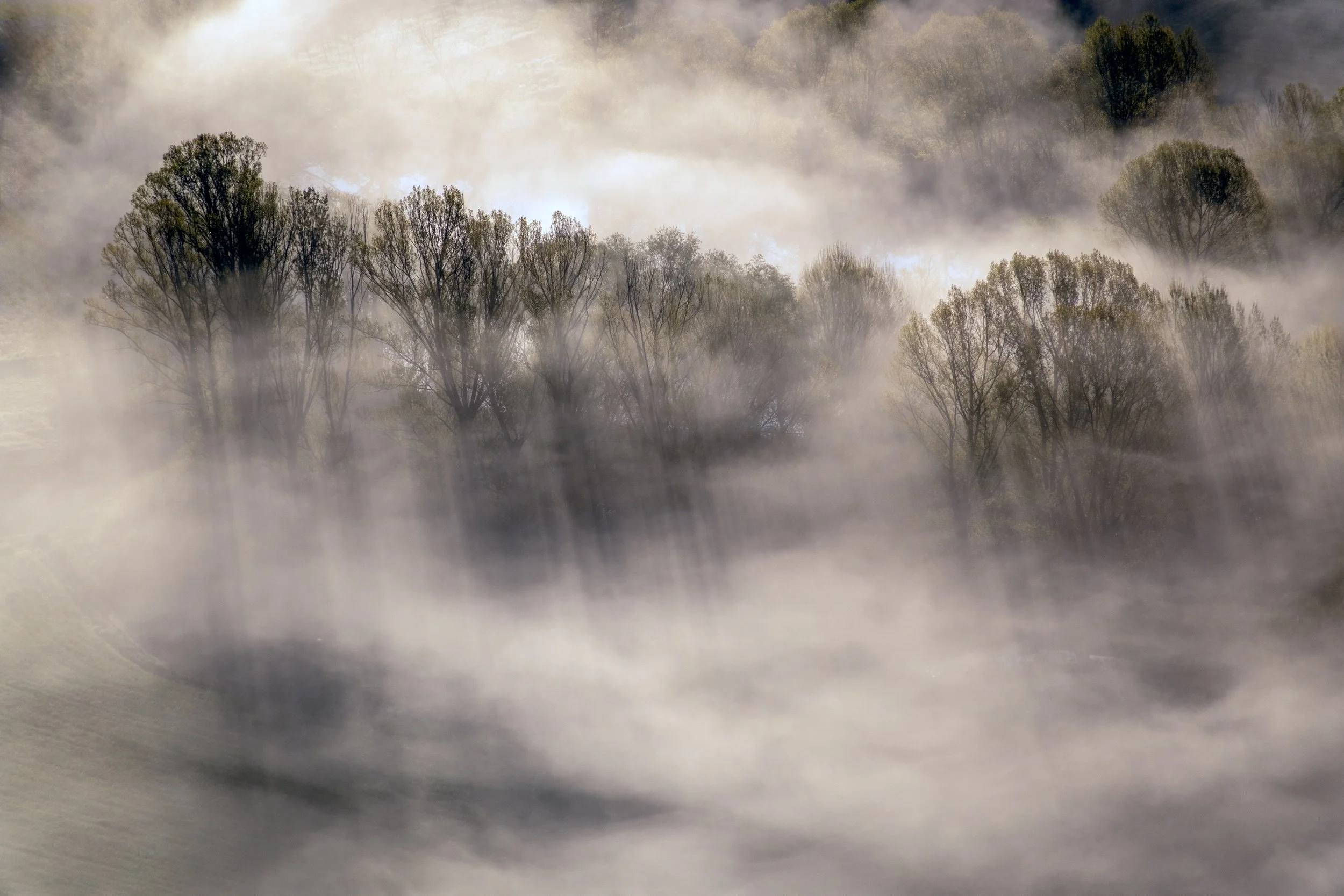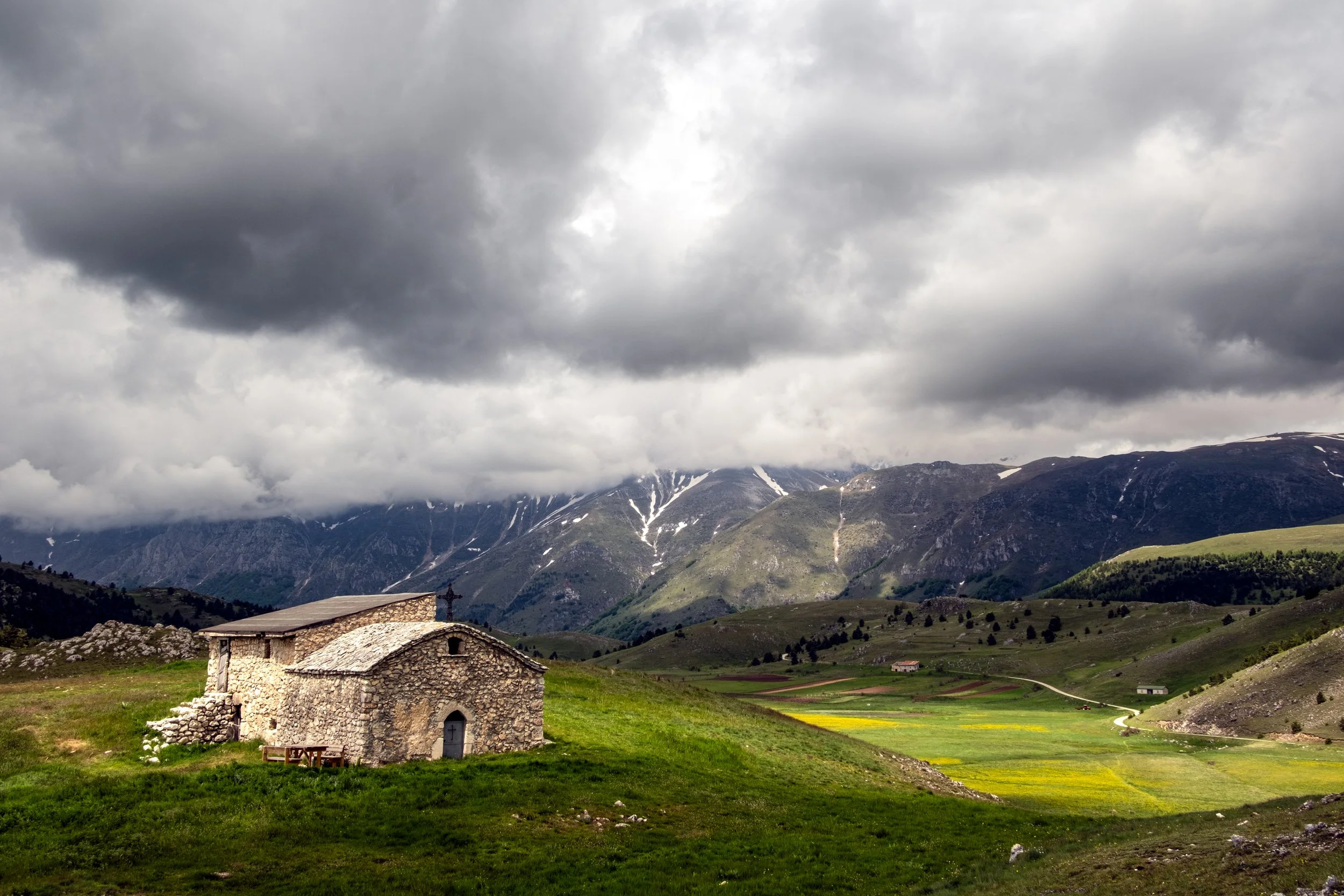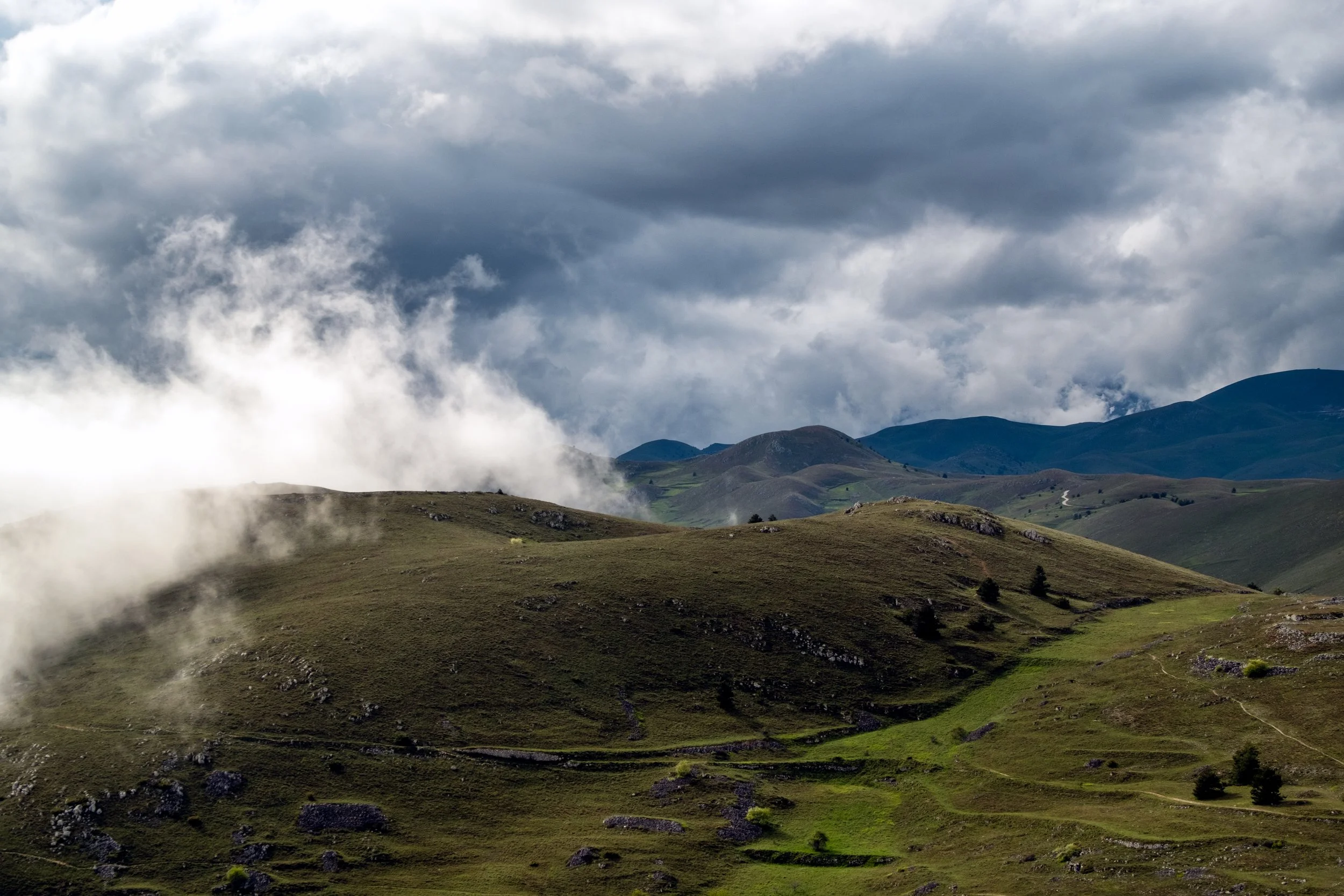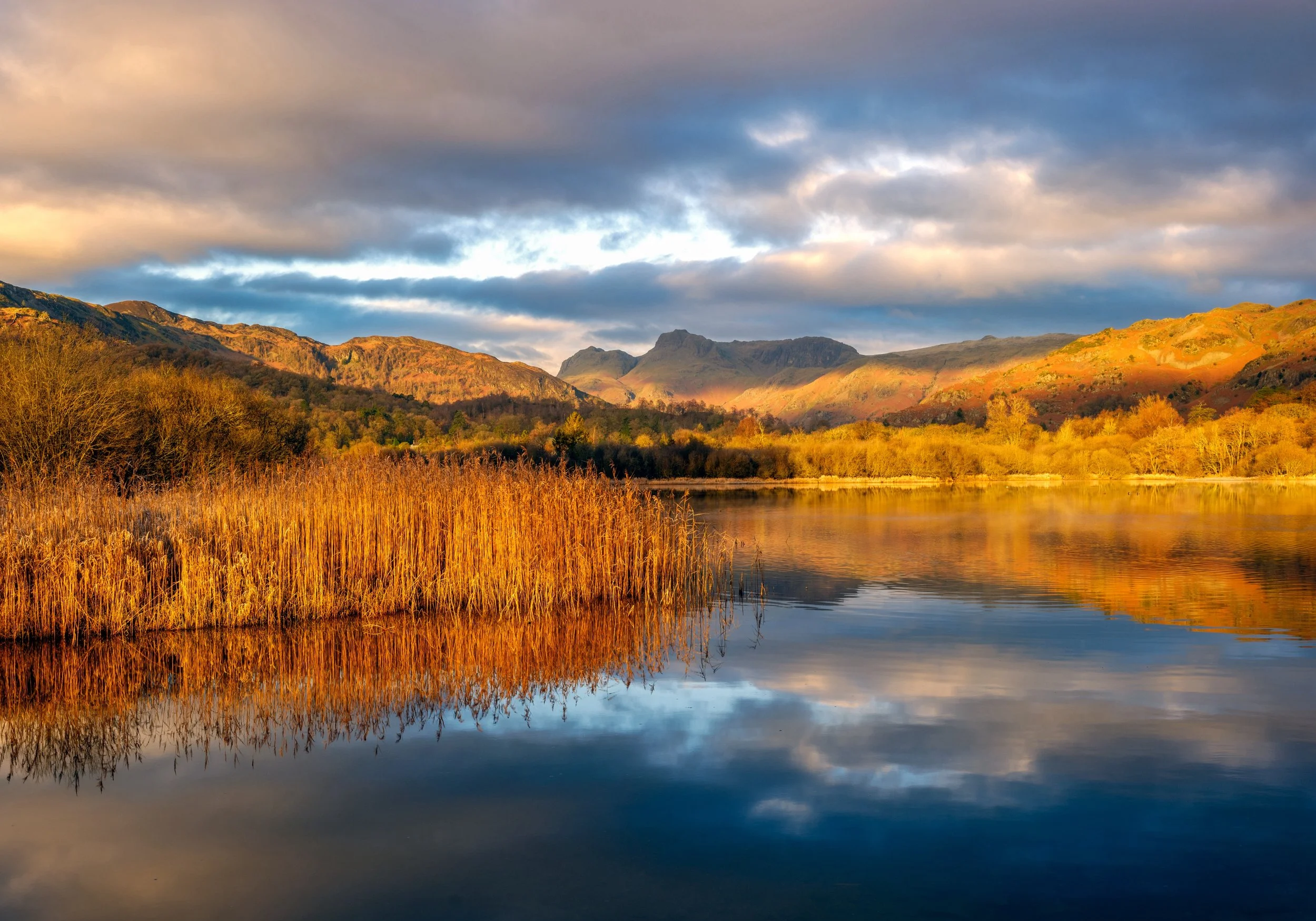How to Photograph Fleeting Light in Wild Landscapes
By Paul Thomson – Wild Light Landscapes, Lake District Photographer
There are moments in the landscape that feel almost magical—when the last rays of sunlight ignite a mountain ridge, when a break in storm clouds illuminates a valley, or when dawn paints clouds in fiery pinks and golds. These are the moments of fleeting light—ephemeral, dramatic, and profoundly moving.
For landscape photographers, fleeting light is both a challenge and a gift. It arrives without warning, changes rapidly, and disappears in seconds. Yet, it is often these brief moments that create the most memorable, striking images.
In this guide, I will share everything I’ve learned about photographing fleeting light in wild landscapes, from preparation and composition to gear and mindset. Drawing from years of photographing the Lake District, Cumbria, Italy, Canada, Scotland and other wild places, this post is designed to help you capture light that transforms ordinary scenes into extraordinary photographs.
Reflections on Loch Tulla
What is Fleeting Light?
“Fleeting light” refers to those short-lived changes in light that transform a landscape, often dramatically. It can occur due to shifting clouds, weather, or the movement of the sun. In practice, it includes:
Golden Hour Light: Soft, warm light during the first hour after sunrise or last hour before sunset. It accentuates textures and adds depth.
Storm Breaks: Moments when storm clouds part and light dramatically illuminates specific landscape features.
Alpenglow: The pink or red glow on mountain peaks just after the sun dips below the horizon.
Crepuscular Rays: Beams of light streaming through clouds or trees, creating a sense of drama.
Reflected Light: Light bouncing off lakes, wet rocks, or snow, often creating subtle, fleeting highlights.
These moments are fleeting by nature, which is what makes them so captivating—but also what makes them difficult to capture.
Beams of light in Italy
Why Fleeting Light is Essential in Landscape Photography
Fleeting light is what separates a technically competent photograph from a truly memorable one. The human eye is drawn to contrast, colour, and drama, and fleeting light naturally provides these elements.
When used effectively, fleeting light can:
Create depth and dimension, turning a flat scene into a three-dimensional experience.
Highlight textures in rocks, foliage, and water that would otherwise remain unnoticed.
Add mood and atmosphere, making viewers feel the weather, temperature, or emotional weight of a scene.
Guide the viewer’s eye through composition, emphasizing the main subject or leading lines.
In short, photographing fleeting light is about capturing the soul of a landscape—the way it feels, not just how it looks.
A church on an Abruzzo mountain
Preparing to Photograph Fleeting Light
Preparation is half the battle when it comes to capturing light that disappears in seconds. Even the most skilled photographer will miss opportunities if they aren’t ready.
1. Scout Your Locations
Visit potential locations in advance to understand how light interacts with the landscape:
Observe sun paths: Know where the sun rises and sets in relation to mountains, lakes, or valleys.
Study shadows: Take note of how shadows move and change throughout the day.
Look for natural framing: Trees, rocks, and ridges can guide light and create compelling compositions.
By scouting in advance, you reduce guesswork when fleeting light appears.
2. Use Technology to Your Advantage
Apps and tools can dramatically improve your chances of being in the right place at the right time:
PhotoPills: Plan sun and moon positions, depth of field, and exposure.
The Photographer’s Ephemeris (TPE): Maps sunrise, sunset, and light angles over landscapes.
Weather apps: Monitor cloud cover, wind, and precipitation to anticipate light changes.
Even in wild, remote locations, modern technology can give you an edge over pure luck.
3. Understand Weather Patterns
Weather is the biggest variable in capturing fleeting light. Clouds, rain, fog, and mist can enhance or destroy a shot. Key considerations:
Partly cloudy skies are often ideal for dramatic contrasts.
Fog and mist soften light, creating mood but reducing contrast.
Storms can bring sudden shafts of light that illuminate small portions of a landscape.
By learning to read the weather, you increase your chances of witnessing these fleeting phenomena.
Gear Essentials for Fleeting Light Photography
While creativity matters more than equipment, the right gear helps you respond quickly to changing light.
Camera Settings
Manual Mode: Gives full control over exposure. Pre-set your base settings for anticipated conditions.
ISO: Keep as low as possible to reduce noise, but be ready to raise it when light fades.
Shutter Speed: Adjust to freeze or blur movement depending on water, clouds, or foliage.
Aperture: Wider apertures for creative shallow depth of field; smaller apertures for maximum sharpness.
Lenses and Filters
Wide-angle lenses: Perfect for dramatic skies, mountains, and expansive vistas.
Telephoto lenses: Useful for isolating illuminated peaks, distant ridges, or patches of light.
Filters: Polarizers reduce glare, ND filters balance bright skies, and graduated ND filters help maintain dynamic range.
Other Essentials
Tripod: Stability is crucial, especially in low-light conditions. Lightweight options help with mobility.
Weather protection: Rain covers for your camera and yourself. Fleeting light often comes with fleeting weather.
Spare batteries and memory cards: Cold, wet, or long shoots can drain gear faster than expected.
Composing Your Shot with Fleeting Light
Fleeting light isn’t just about capturing the subject—it’s about capturing how light transforms the subject.
Look for Contrast
Strong contrasts between light and shadow create drama and depth. For instance, a sunlit ridge against a dark storm cloud draws the eye immediately to the illuminated feature.
Use Leading Lines
Paths, rivers, ridges, and fences can lead the viewer’s eye toward areas of light. This not only structures your composition but also emphasizes the ephemeral beauty of the scene.
Include Atmosphere
Mist, rain, or snow catching light can add emotion and mood. Even subtle haze can turn a landscape into a painting-like scene.
Think Small as Well as Big
While grand vistas are stunning, sometimes fleeting light illuminates a single tree, rock, or patch of wildflowers. Don’t overlook these smaller details—they often make the most intimate and memorable images.
Reflection On Rannoch Moor
Techniques for Capturing Fleeting Light
Bracketing Exposures
Rapidly changing light can produce extreme contrasts. By bracketing exposures—taking multiple shots at different brightness levels—you can merge them later for a balanced image.
Time-Lapse Photography
For scenes where light changes over several minutes, consider a time-lapse sequence. This approach captures the full drama and allows you to select the perfect frame afterward.
Long Exposure
When photographing water, clouds, or mist in fleeting light, long exposures can create movement and mood. Combine with ND filters for the best effect.
Panoramas
If light illuminates only part of a sweeping landscape, a panoramic series can help capture the full scene without losing details in shadows or highlights.
Storm Light In The Lake District
Mindset: Presence and Patience
Perhaps the most important element of photographing fleeting light is patience and mindfulness.
Slow down and observe the landscape before you start shooting.
Learn to anticipate changes in light rather than just reacting.
Accept that not every outing will yield dramatic light—but every experience is valuable.
In my own work in the Lake District, I’ve often waited hours in wind, rain, or cold for a few seconds of perfect illumination. These moments, fleeting as they are, make the effort worthwhile and create images that resonate emotionally.
Post-Processing Fleeting Light
Even with perfect timing, post-processing is often necessary to do justice to fleeting light:
Highlight recovery: Bring back details in bright areas without flattening contrast.
Shadow recovery: Lift shadows to reveal textures while maintaining drama.
Colour balance: Enhance natural warmth of golden hour or the cool tones of misty landscapes.
Dodging and burning: Emphasize areas of light and shadow to guide the viewer’s eye.
Subtle editing ensures the photograph reflects the emotional impact of the moment, not just the raw scene.
Fleeting Light And Rolling Cloud In Abruzzo
Conclusion
Photographing fleeting light in wild landscapes is both challenging and rewarding. It combines preparation, skill, and mindfulness. You can’t control the weather or the sun, but you can:
Scout locations ahead of time.
Understand light and weather patterns.
Be ready to respond instantly with the right gear and settings.
Compose creatively to let light become the main subject.
Practice patience, presence, and observation.
When it all comes together, fleeting light transforms landscapes, creating images that resonate emotionally and visually. More than that, it creates experiences—moments of awe and connection with nature that stay with you long after the camera is put away.
Next time you head into the mountains, moors, or coasts, take your camera—but also take your time. The light will pass, but the memory—and the photograph—will remain forever.
Evening Light In The Lake District








